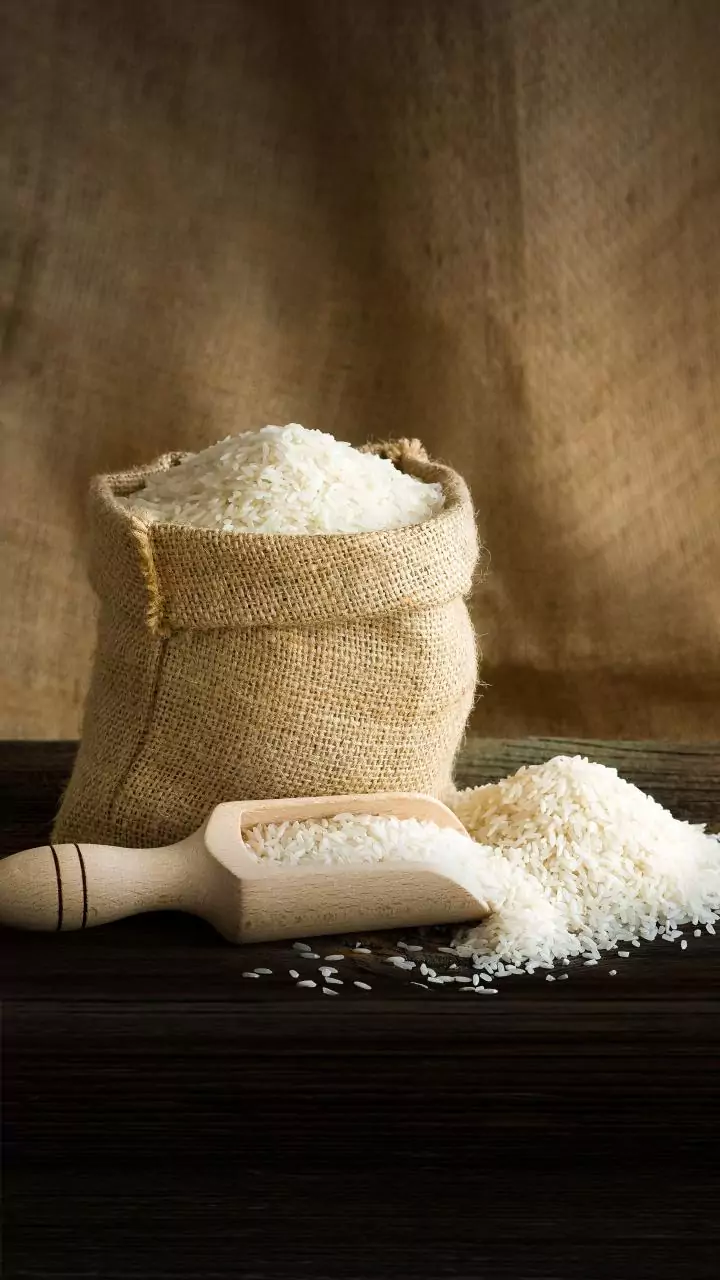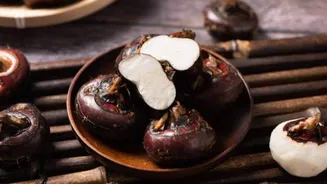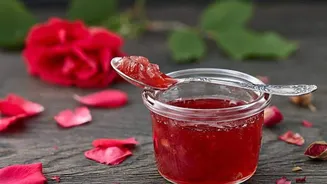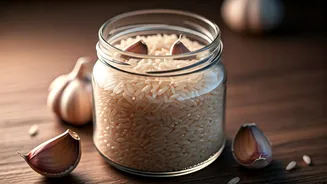Initial Rice Prep
The journey to pest-free rice starts with careful preparation. Since rice often sits in storage for several months, it becomes susceptible to unwelcome
visitors, particularly during the rainy and winter seasons. These tiny intruders can not only spoil your grains but also compromise their taste and aroma. Picking out these insects one by one can be a tedious chore. Luckily, a few time-honored techniques, passed down through generations, can effectively safeguard your rice without the need for any chemical interventions. These methods are simple, safe, and utilize common household items, ensuring your rice remains pristine for your culinary adventures.
Sun-Drying for Dryness
Begin by spreading the rice thinly on a large tray or a clean cloth. The key is to expose as much surface area as possible to the sunlight. Position the tray in direct sunlight for approximately two to three hours. This step is crucial because the heat effectively drives away any existing insects and removes excess moisture from the grains. Insects thrive in damp environments, so keeping your rice dry is a fundamental step in preventing re-infestation. This method is a gentle yet powerful way to kickstart the preservation process, setting the stage for long-lasting freshness and quality. This helps to protect the rice from the harmful effects of the moisture.
Rock Salt Moisture Shield
A simple yet effective trick involves the use of salt, preferably rock salt. Sprinkle a small amount of rock salt over the top or bottom of your rice container. The rock salt acts as a natural desiccant, absorbing excess moisture from the environment. This keeps the rice grains dry and inhospitable to pests. The beauty of this method lies in its simplicity. When you're ready to use the rice, simply remove the salt; it won’t affect the taste. The salt effectively minimizes the moisture content, preventing the growth of insects. The salt doesn't affect the flavour of rice at all so you can enjoy your meals, as usual, knowing that your rice has been properly taken care of.
Vinegar and Asafoetida
Harness the power of strong scents with vinegar and asafoetida. Take a small bowl and pour a bit of white vinegar into it. Then, add a quarter teaspoon of asafoetida. Place this bowl in the center of a large plate filled with rice. The potent combination of vinegar and asafoetida emits a powerful aroma that effectively repels insects. The strong smell disrupts the pests' ability to locate and infest the rice. After a few hours, transfer the rice to a clean, airtight container for storage. This method leverages the natural repellant properties of these ingredients to create a pest-free environment for your rice.
Bay Leaf Defense
Bay leaves, often called biryani leaves, are a secret weapon in the fight against rice pests. They possess a natural scent that insects find unappealing. Simply add two or three dried bay leaves directly to your rice container. This method works well not only for rice but also for protecting flour and pulses from infestation. This traditional remedy offers a natural barrier against unwanted guests. Make sure that you replace the leaves every few months to keep the defense active. It is an effective and safe way to protect your rice without any hassle. This ensures that the rice retains its fresh and untouched quality.
Garlic Clove Guard
Garlic cloves offer another layer of protection. Place five to six unpeeled garlic cloves directly inside your rice container. The pungent aroma of garlic is a strong deterrent, keeping insects at bay. The scent masks the aroma of the rice, making it less attractive to pests. Once the garlic cloves become dry, replace them to maintain the protective effect. This method is not only effective but also adds a subtle, pleasant aroma to the rice. Using garlic is an easy and effective way to ensure that you are protecting your grains from unwanted pests. This method is also economical because all you need is a few garlic cloves.













